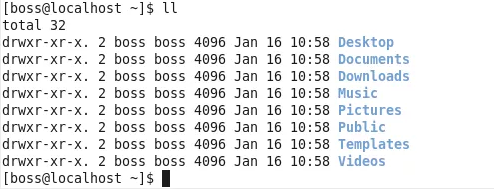I am slightly confused as to how exactly scope works in JavaScript, mainly lexical scope. I understand that variables in global scope are accessible anywhere, and the only way to create a new scope in JavaScript is through the creation of functions (or with let in ES6). However, I do not really understand what lexical scope is/means. I have looked all over the internet and could not find a clear explanation.
I feel like I am kind of starting to understand it, but just let me confirm with you JavaScript wizards out there to make sure that I am correct.
So, from my understanding, lexical scope means statically scoped, so for example, a function's scope is not created by where it is called but by where the function itself is created. The following code below demonstrates this concept:
var x = "global";
function foo() {
console.log(x);
}
function bar() {
var x = "bar";
foo();
}
function baz() {
var x = "baz";
foo();
}
bar();
baz();
What is printed to the console is "global" twice. This is because when the function foo is invoked, the interpreter first checks foo's scope to see if it has a variable "x" then checks the global scope, not bar or baz scope. The variable "x" is grabbed, not from where the function foo is called, but from where it is created, hence lexically scoped. Am I correct, and is this making sense?
Another example of lexical scope would be closures, right? So for example, the inner function has access to the outer function's variables, no matter where the inner function is called because of lexical scope, correct?
Finally, my last example would be arrow functions. They allow for the lexical scoping of "this", right? So, for example,
var obj = {
name: "Rob",
print() {
setTimeout(() => {
console.log(this.name)
}, 1000);
}
};
Rather than "this" being bound to the global object if it were a standard inline function, "this" is bound to obj because of the lexical scoping of "this" with arrow functions.
Is everything I have said correct? Also, can someone just give me a clear-cut definition of lexical scope? Are there any other examples of lexical scope in JavaScript that I should know about?
Thanks.





